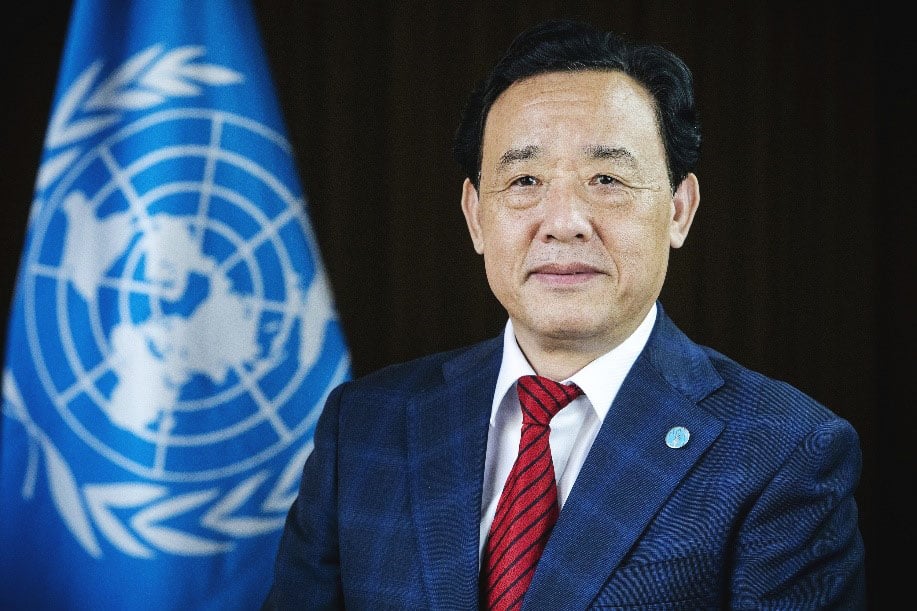-in observance of World Food Day
It is time to turn the right to a healthy, nutritious, and affordable diet into a reality with an emphasis on not just having sufficient food, but also a diversity of diet. This is the view of Director General of the Food and Agriculture Organization (FAO) of the United Nations, Dr Qu Dongyu, as he addressed the theme for this year’s World Food Day, “Right to Foods for a Better Life and a Better Future” which he opined, is a timely reminder that all people have the right to adequate foods.
According to a FAO release recently, the Director General pointed out that when he refers to “Foods” in the plural, it is to emphasise diversity, as well as food availability, food accessibility, and food affordability for all.
He observed that currently, the world’s farmers produce more than enough food to feed the global population in terms of calories, yet around 730 million people are facing hunger due to man-made and natural disasters, including conflict, recurrent weather shocks, inequalities and economic downturns, while billions lack healthy diets.
Another harsh reality is that over 2.8 billion people in the world are unable to afford a healthy diet, which is a leading cause of all forms of malnutrition. Simply put, almost one third the global population today is not getting the nutrients and micronutrients they need to thrive and, in some cases, survive. This means that the quality of life for roughly half the world is more urgently in need of improvement.
As far as Dr Dongyu is concerned, there is need for a greater diversity of nutritious and affordable foods to be available in fields, fishing nets, markets and on tables, for the benefit of all. This, he stressed, is not just about populations’ nutritional requirements, but also about ensuring that agrifood systems are efficient, inclusive, resilient and sustainable, so that they can be respectful of traditional food cultures and healthy diets based on science and in line with personal preferences.
He also asserted that another “crucial” consideration is the long-term health and sustainability of the environment which is relied upon to produce these foods and which needs biodiversity to thrive.
“The right to foods will not in itself fill stomachs or put more diverse diets on plates, but it does help frame our collective aspirations for the kind of just and equitable world we want to live in. It creates concrete obligations for governments and key partners to fulfil, and it should encourage all of us to do our part to ensure it is realized. This is the reason for action. Now.”






